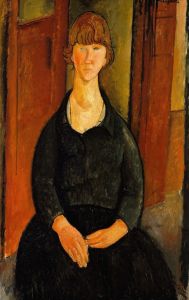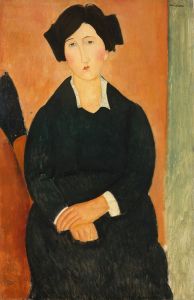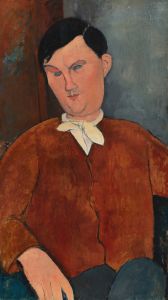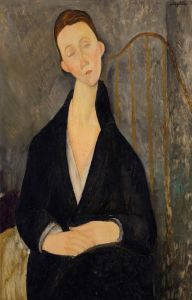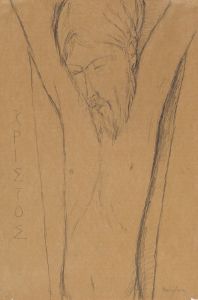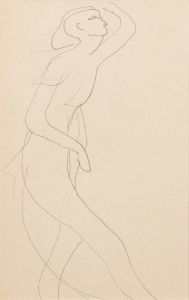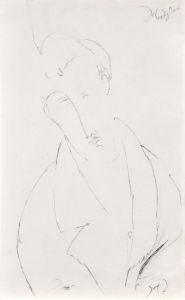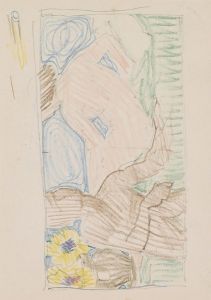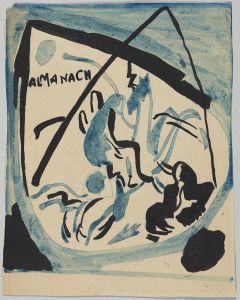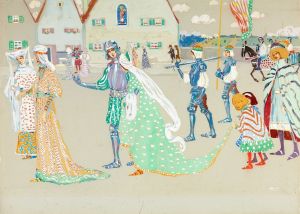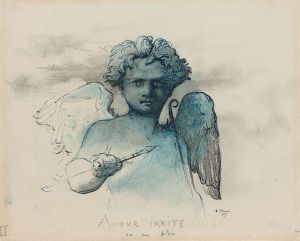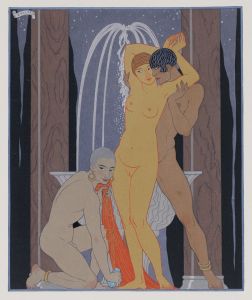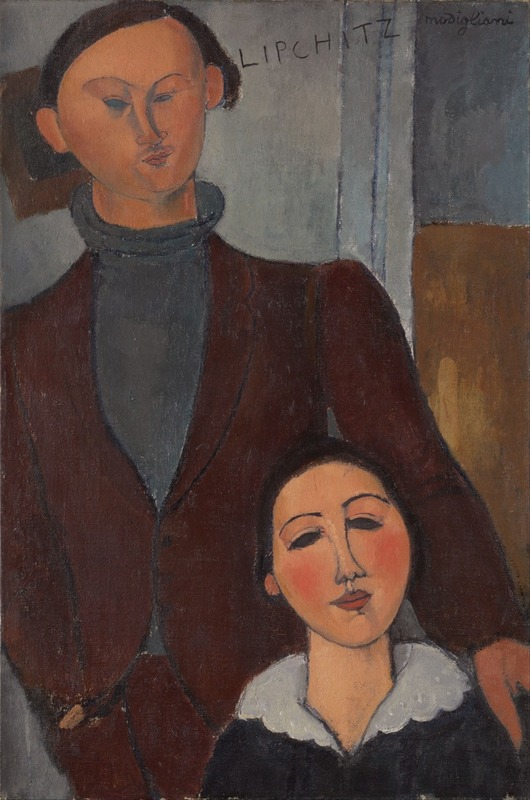
Jacques And Berthe Lipchitz
A hand-painted replica of Amedeo Modigliani’s masterpiece Jacques And Berthe Lipchitz, meticulously crafted by professional artists to capture the true essence of the original. Each piece is created with museum-quality canvas and rare mineral pigments, carefully painted by experienced artists with delicate brushstrokes and rich, layered colors to perfectly recreate the texture of the original artwork. Unlike machine-printed reproductions, this hand-painted version brings the painting to life, infused with the artist’s emotions and skill in every stroke. Whether for personal collection or home decoration, it instantly elevates the artistic atmosphere of any space.
Amedeo Modigliani's painting Jacques and Berthe Lipchitz is a portrait created in 1916, during the height of the artist's career. The work depicts the sculptor Jacques Lipchitz and his wife, Berthe, who were close friends of Modigliani. This double portrait is notable for its intimate and expressive style, characteristic of Modigliani's approach to portraiture.
Jacques Lipchitz, a prominent Cubist sculptor, was part of the vibrant artistic community in Montparnasse, Paris, where Modigliani also lived and worked. The two artists shared a strong camaraderie, and Modigliani often painted his friends and contemporaries from this circle. Berthe Lipchitz, Jacques's wife, was also a part of this creative milieu, and her inclusion in the portrait reflects the personal connection between the subjects and the artist.
The painting is rendered in Modigliani's signature style, which combines elongated forms, simplified features, and a focus on emotional resonance rather than strict realism. The figures of Jacques and Berthe are depicted with a sense of closeness, their poses and expressions suggesting a bond between them. Modigliani's use of muted tones and subtle contrasts adds to the painting's intimate atmosphere.
Jacques and Berthe Lipchitz is an example of Modigliani's ability to capture the essence of his subjects while maintaining his distinctive artistic vision. The work demonstrates his departure from traditional portraiture, as he sought to convey the inner life and personality of his sitters through his unique aesthetic language.
The painting is currently housed in the Art Institute of Chicago, where it is part of the museum's permanent collection. It remains a significant example of Modigliani's portraiture and a testament to the interconnected lives of the artists in early 20th-century Paris.





